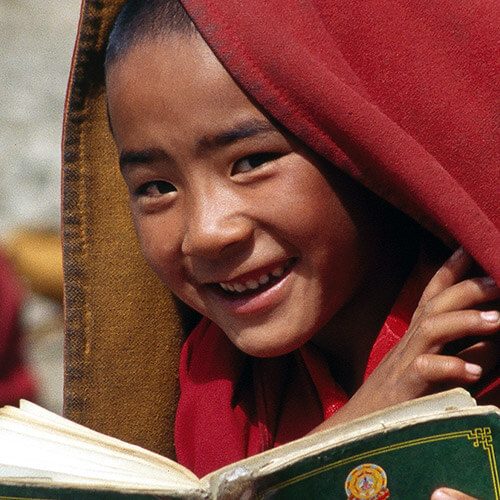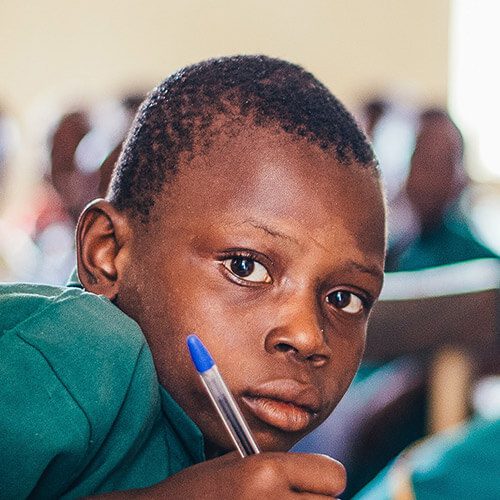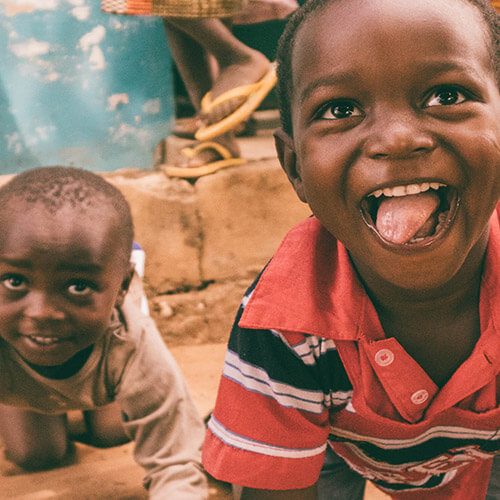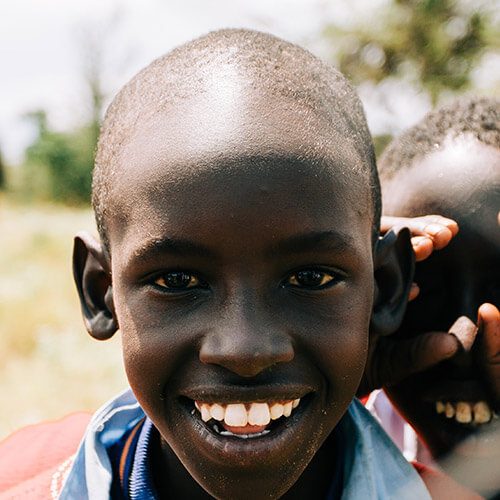The plantation community of Sri Lanka is Tamil people of Indian origin in Sri Lanka. They are also called Malayaga Tamils, Estate Tamils, Up-country Tamils, or Indian Tamils are the descendants of indentured workers brought to Ceylon by the British from the former Maras residency. (Present-day state of Tamil Nadu) between the 19th and 20th centuries to work in coffee, tea, and rubber plantation. Some people migrated on their own as merchants and other service providers. These Tamil speakers are still mostly concentrated in the central highlands. ( Nuwara Eliya 45%, Badulla 18%,Kandy10%, Kegalle 5%, Rathnapura 7%, Monaragala 1%, Gampaha 1% Kalutara 3%, Galle 1%, Matara 1%, Matale 3%, Colombo 3%)
They have historically lived on Sri Lanka’s tea plantations, where they have been working as a permanent plantation labor force. When Sri Lanka gained independence from British Rule in 1948, up-country Tamils were denied citizenship in the new state amidst domestic political campaigns and pressure from the Indian government for a resolution. Members of the Up-country Tamil community had their citizenship restored through successive diplomatic agreements. Despite positive law reform Up-country Tamils remain one of the most discriminated against economically. Socially and politically marginalized communities in the country. This community is the furthest behind in Sri Lanka by many developmental indicators.
Therefore, they are instrumental in the plantation sector economy in Sri Lanka in this present situation. In general, their socioeconomic standard of living is lower than the national average, and they are described as one of Sri Lanka’s poorest and most neglected groups.
EDUCATION OF THE PLANTATION COMMUNITY
Plantation companies initially provided basic education facilities for the children of workers living on their plantations by 1948; there were 968 plantation schools established in terms of colonial government or finances introduced in the early 20th century. For instance, in 1945a national policy of free education from Kindergarten to university came into effect. This was followed by the passage of the education ordinance of 1947. Moreover, state takeover of plantation schools made limited progress till the 1970s, when plantations were nationalised.
There is well-documented evidence showing a wide gap in the education provided by government schools on plantations compared with that in schools in rural and urban areas. The plantation community continues to lag behind Sri Lanka’s urban and rural sectors in educational attainment. Living on plantations is associated with a reduction in the probability of pre-schooling by more than 36% points relative to living in urban areas.
Notably, education on the plantation is characterised due to a complete lack of resources, a lack of qualified teachers, and inadequate teaching facilities The subjects that are essential for employment in a rapidly developing country like Sri Lanka English and IT – are taught by teachers who lack the necessary expertise and qualifications, leaving students unprepared. the youth on the plantation entirely unprepared for professional work away from the plantation community. In addition, the scale of poverty leads to high dropout rates; in a region where 80% of the students live on less than 1USD per day, many must trade in their education to support their families.
So, both parents and children are acutely aware of this, and many drops out of education as a result. 53-63% of children completed their primary school education, which is significantly lower than Sri Lanka, which stands out at 82-86%. In addition, only 20% of the population of the plantation has a secondary education, and 2% have post-secondary education compared to the national average.
This overall lack of quality education for children on the plantation blocks their ability to rise above the poverty they come from. As a result, They remain unemployed, become tea pickers themselves, or end up leaving for manual/domestic work in larger cities, where they earn a similar wage but are abused by the communities from which they come. Many will also incur crippling debt and travel to the Middle Estate, where they will work as exploitative and dangerous domestic servants or labourers.
LIVING CONDITIONS OF THE PLANTATION COMMUNITY
There is a stark contrast in living conditions on plantations compared to the rest of the country. Many of the basic facilities that we take for granted are either poor quality or missing altogether. This shows that compared to the rural and urban areas of Sri Lanka, people living on the plantation have significantly poorer living standards. From drinking water through to sanitary facilities and electricity within their households, people living within the plantation are less likely to have these basic facilities.
The difference in drinking water availability is enormous; only 68.1 % of estate households have drinking water available inside their premises, compared to 77.3 % households.
Similar manner, less than one-third of plantation households (different families who live there) have a toilet, compared to 43 % in rural areas.
It has been indicated that lack of toilets and running water creates an additional problem for women, as mothers and daughters must wake up early in the morning and go to the bushes for bathing and other needs, exposing them to a variety of threats, including unwanted sexual attention.
Entire families continue to live in line rooms’ barrack-style single rooms, which are roughly 12 by 12 feet in size and have also been described as crowded, damp, smoky, and dark, with leaking roofs and insufficient light and ventilation.
Housing, education, healthcare, and childcare are frequently provided to plantation workers as non-monetary welfare packages. However, as has been well documented, this creates a total reliance on management for all aspects of their lives, with few options for escape.









